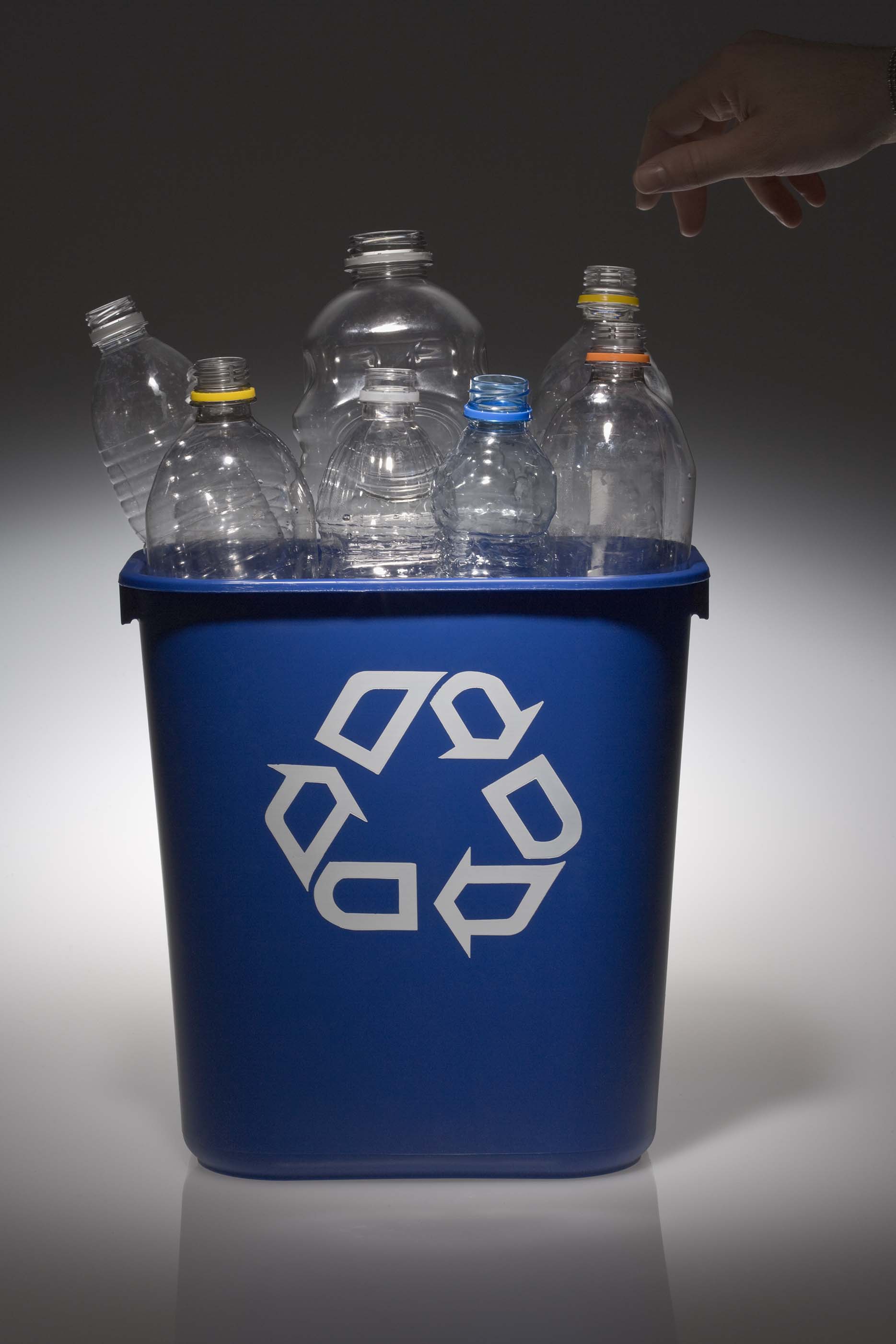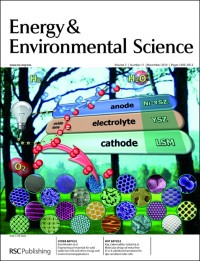Annegret Stark
Institute for Technical Chemistry and Environmental Chemistry
The combination of the concept of an integrated biorefinery with ionic liquid technology is critically assessed, and potentials for further research and development are identified.
Read it now:
Ionic liquids in the biorefinery: a critical assessment of their potential
Annegret Stark
Energy Environ. Sci., 2011, DOI: 10.1039/C0EE00246A
This article critically assesses the state of the art on the example of four case studies, focussing on the carbohydrate fraction, and identifies a number of opportunities for further research and development. The next decades promise to be exiting times for biomass processing technology development in general. Time will show in which processes ionic liquids can excel.












 HOT Communication
HOT Communication
 ‘HOT’ EES paper –
‘HOT’ EES paper – 

